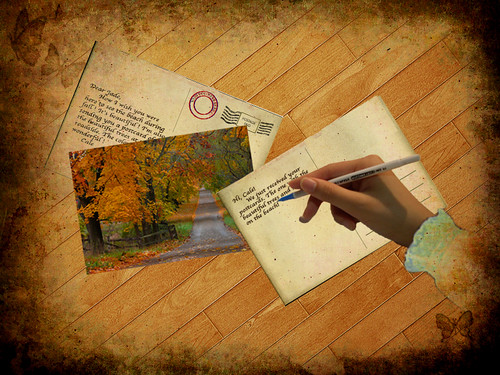The teacher can be the host/hostess by holding his/her own "show" with the help of podcast. It can be a one-man show or deliberately design into an interview form. Listening to the podcast is just like listening to the radio, it can train students' listening skill. Moreover, it talks about one specific topic at one time, so students can catch the point easier.
 |
| Photo by abrinsky |
I just found the podcast, Being Impolite in Conversation, a good material for teaching ESL students. The host speaks slowly and clearly. There is also a conversation demonstration between two people. Both of they two speak in a slow and clear way as well. Thus, the students can easily catch up what people said in the podcast. Besides, the intonation displays obviously so that students can learn to follow it after listening to the conversation. Moreover, the host in the podcast explains the vocabulary in the conversation. The most common way the learners learn new words is looking up them in the dictionary, now students can change a method learning new words. This trains their listening skill.
What if I were the teacher, I would ask my students to listen to this podcast carefully and ask them to pair work with their peers to demonstrate the conversation again. They will be asked to pay attention to the intonation and the tone of speaking. One thing I like this podcast is that students can learn something related to their daily life and can probably apply it in real life.
There are a lot useful podcasts for ESL students in ESL Podcast. Podcast is really a good tool for listening training!


